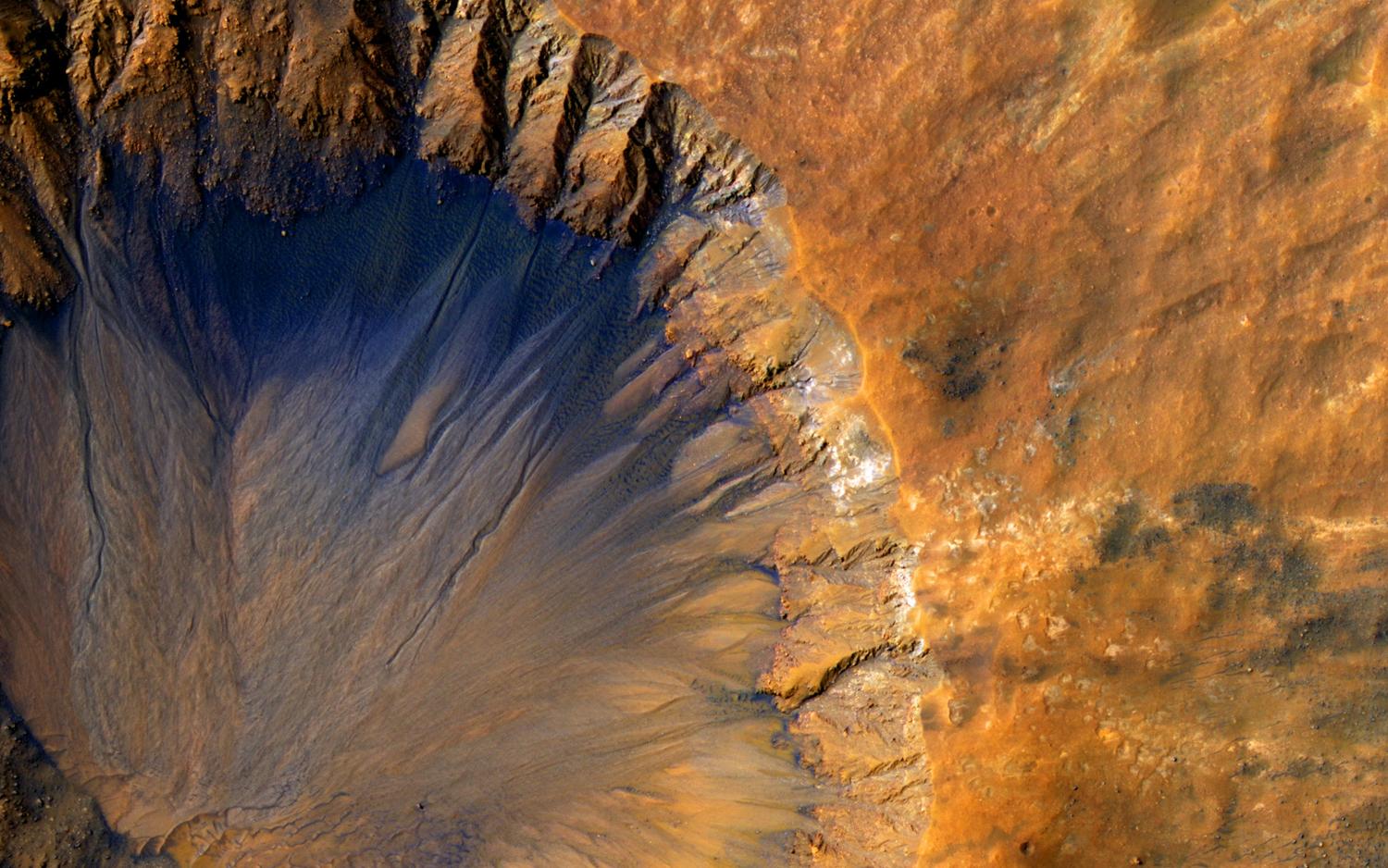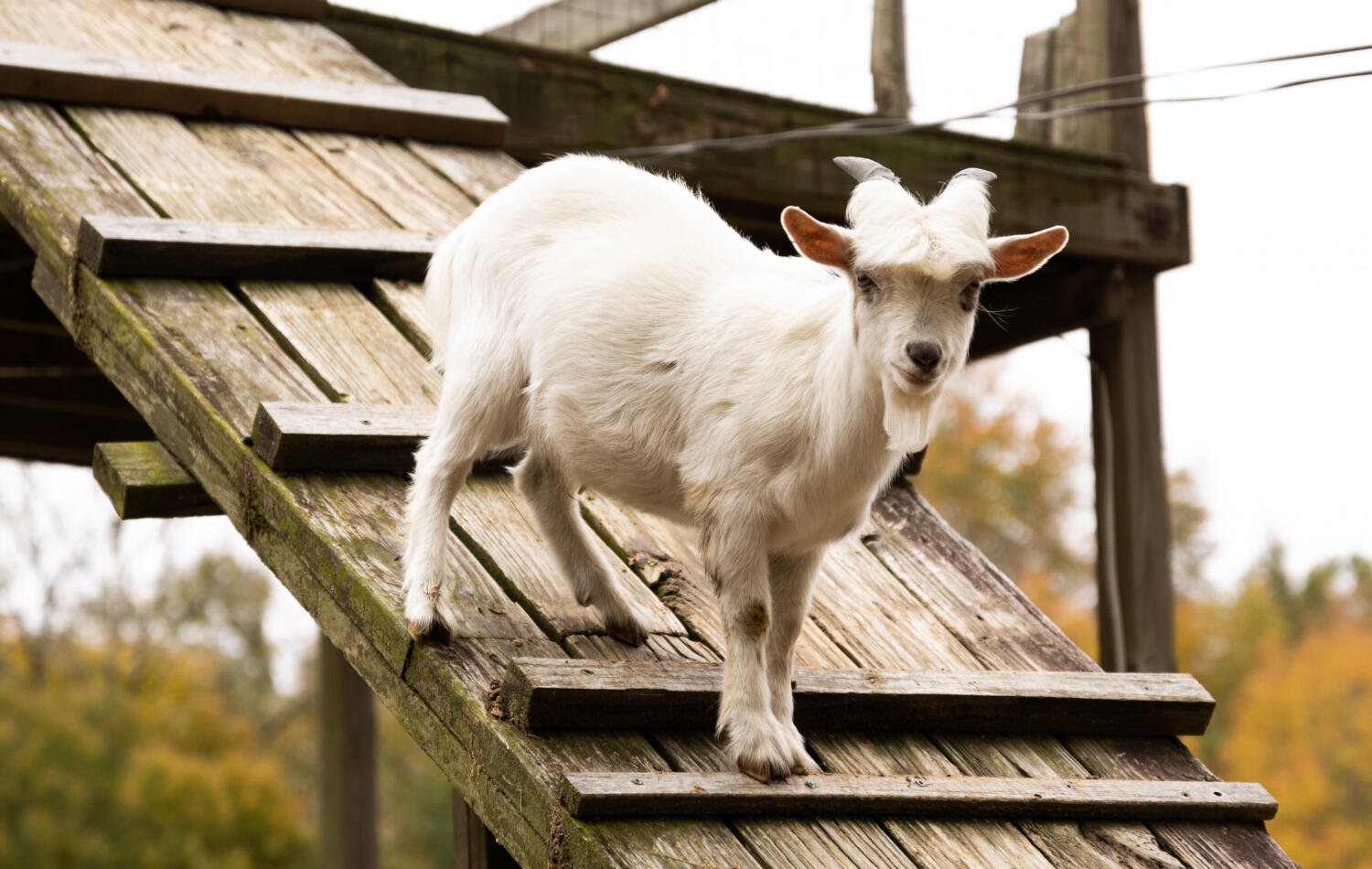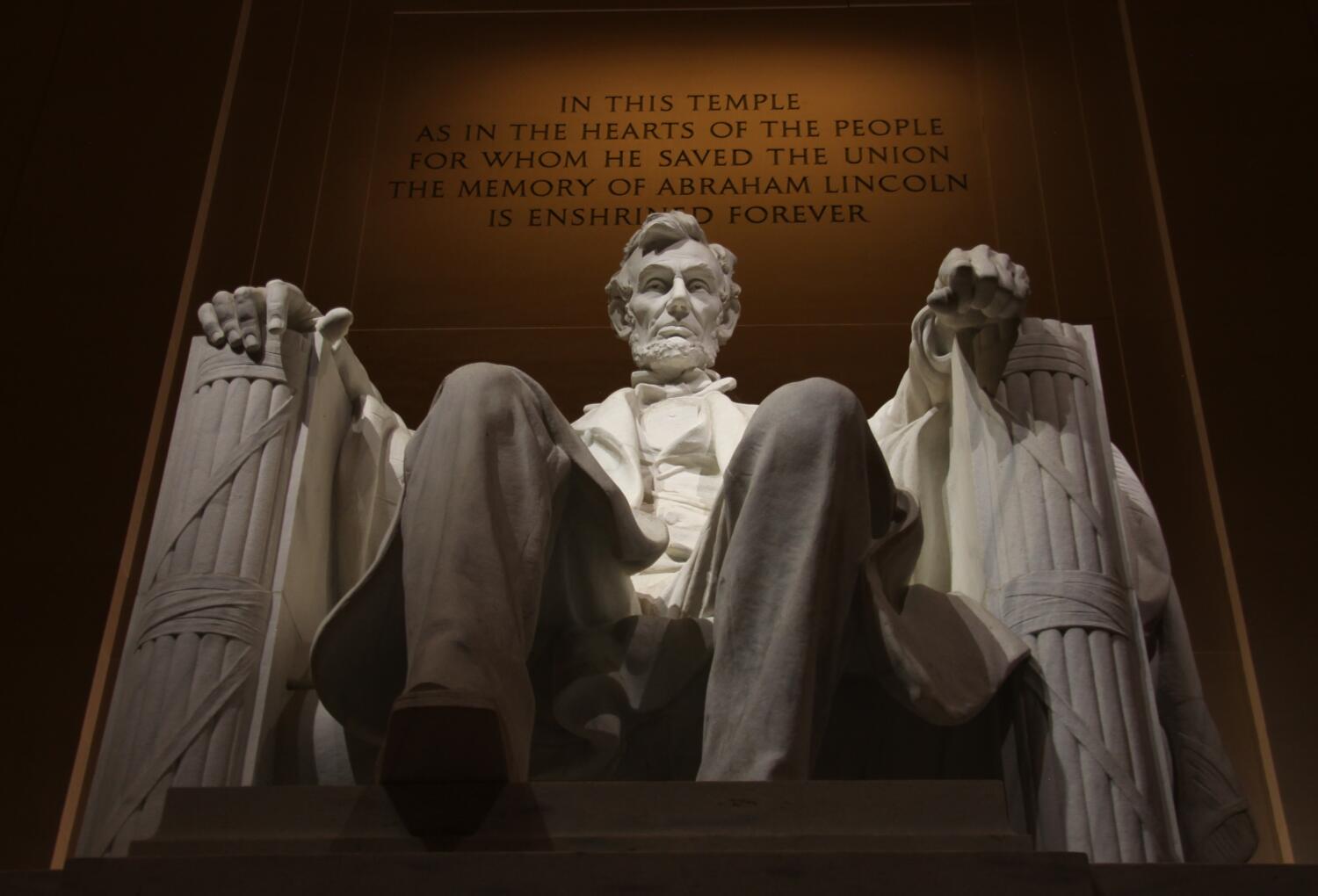Forum Summary: Mars and Beyond: God’s Awesome Universe
Author: Juliette McNair | Student, Living Education Charlotte 2021
Estimated reading time: 4 minutes, 45 seconds.
Mars and Beyond: God’s Awesome Universe—A scale we cannot fathom yet
Dr. Roedolph Opperman was introduced for the Forum on March 2, 2021, 64 days before the Living-Ed graduation according to the students’ countdown. Dr. Opperman works for NASA’s Jet Propulsion Laboratory and is part of the team that landed the Mars rover, Perseverance, on Thursday, February 18, 2021. For the next 90 days, Dr. Opperman’s team will live with their clocks adjusted to “Mars time,” since Martian days are 40 minutes longer than Earth days.
Fault Protection
“Our job is to try to break the spacecraft—well, not really. It’s way too expensive for that.” Dr. Opperman is a Fault Protection systems engineer. His team was responsible to find out “what could potentially go wrong.” Whether software glitches or cable breaks, they trialed the rover and programmed the computer to detect issues and self-correct. The engineers use an identical testbed rover to simulate the Perseverance and gauge its performance before commands are sent out.
The Challenge of Getting to Mars
One key challenge to the mission was landing the rover safely. Entry, Descent, and Landing (EDL) is known as the “seven minutes of terror” to NASA engineers. On average, it takes about 10minutes for a message from the Mars rover to reach the earth—during this time, the engineers have no idea if it has landed or crashed. Dr. Opperman explained the vehicle has to enter, descend, and land on its own. When the spacecraft reached Mars’ atmosphere, a heatshield—heating to 1600 degrees under friction—protected it as it hurtled to the planet. Then, a 70-foot diameter supersonic parachute that could withstand over 65,000 pounds of force deployed and slowed the vehicle’s descent. The heat shield was dropped, and the spacecraft secured a radar lock on the ground. To slow it even more, a powered descent was performed using rockets. The chute was cut, and rockets diverted the vehicle away from the parachute. At 20 meters above the surface, using the “sky crane” maneuver, cables lowered the rover to the ground. Every step of EDL had to occur autonomously, in perfect coordination.
Mission Objectives
“I’ve been working on this project for three years—some have been working on it for eight years or more. For some people, this is what life is all about.” One objective of the mission is to find out if there was ancient life on Mars. For this purpose, the rover was equipped with different tools, like a ground-penetrating radar, UV and X-ray spectrometers, a laser, several cameras, and a drill for taking soil samples. Another objective is to test MOXIE, a system that can convert carbon dioxide from the Mars atmosphere to produce oxygen for humans to breath on Mars. NASA aims to land humans on Mars by the 2030s, and private companies like SpaceX are also racing to establish colonies on the planet. Yet, Dr. Opperman stated, “Humans aren’t designed for space.” The weightlessness of space—without the gravity earth exerts on a body—causes bones to demineralize and muscles to atrophy without at least 90 minutes of daily exercise. Also, without the earth’s protective atmosphere and magnetic field, space radiation poses the major threat to human exploration of space.
“A Speck of Dust in the Universe: Earth”
Dr. Opperman said, “Let’s take a step back. We’ve gotten a glimpse of how hard it is just to get to the closest planet next to us.” But “God created the heavens and the earth” (Genesis 1:1). He created everything we see and don’t see, like dark matter, the entire spectrum of light, and the spiritual realm. The Voyager space probes, launched in the 70s, have traveled over 14 billion miles and are the most distant human-made objects from Earth. They have since exited our solar system and are still in communication with Earth today. Yet, the extent of mankind’s exploration of the universe is minuscule in cosmological terms. Our planet could fit into the Sun 1.3 million times. Dr. Opperman put this into perspective: If the Earth was the size of a golf ball, the Sun would be a 15-foot diameter sphere such that one could fill a school bus full of golf balls inside it. But our Sun is dwarfed by the size of many other stars: The Pistol Star, a blue hypergiant, is 100 times the size of the Sun, and the Red Supergiants are up to 1,000 times the size of the Sun. Even our Milky Way Galaxy, which contains roughly 200 billion stars is an average galaxy. The largest galaxy, IC 1101, is 50 times its size. The Laniakea Supercluster that contains the Milky Way is also home to about 100,000 other galaxies—and larger superclusters than Laniakea have been discovered. There are more stars in the universe than grains of sand on all the beaches on Earth. That’s at least a billion trillion and probably much more. Studies seem to indicate that there are even far more planets than stars!
Building Planets
Even as a speck of dust in the vast universe, Dr. Opperman reminded the students that Earth will be where “the headquarters of the universe, New Jerusalem, is established.” He quoted Paul, “For now we see in a mirror, dimly, but then face to face. Now I know in part, but then I shall know just as I also am known” (1 Corinthians 13:12). Dr. Opperman said, “The Mars rover is so minute compared to what God can create… As humans, we have this desire to explore—but as spirit beings, we can be on the other side of the galaxy and not just build rovers, but build planets.”
When asked what his plans were for after the Mars rover project, Dr. Opperman replied, “Get some sleep. I have a toddler—I’m not really on Mars time.”
This post is part of our new series of student-written content for LivingEd-Charlotte. These summaries cover topics originally presented by our faculty and guest speakers in our weekly Forum and Assembly. For more Assembly-related content check out our Second Thoughts posts.








